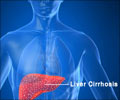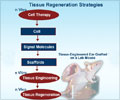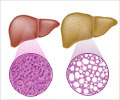For acute liver failure, Hepatocyte (liver cell) transplantation is becoming an accepted therapy either for liver regeneration or as a bridge to liver transplantation.
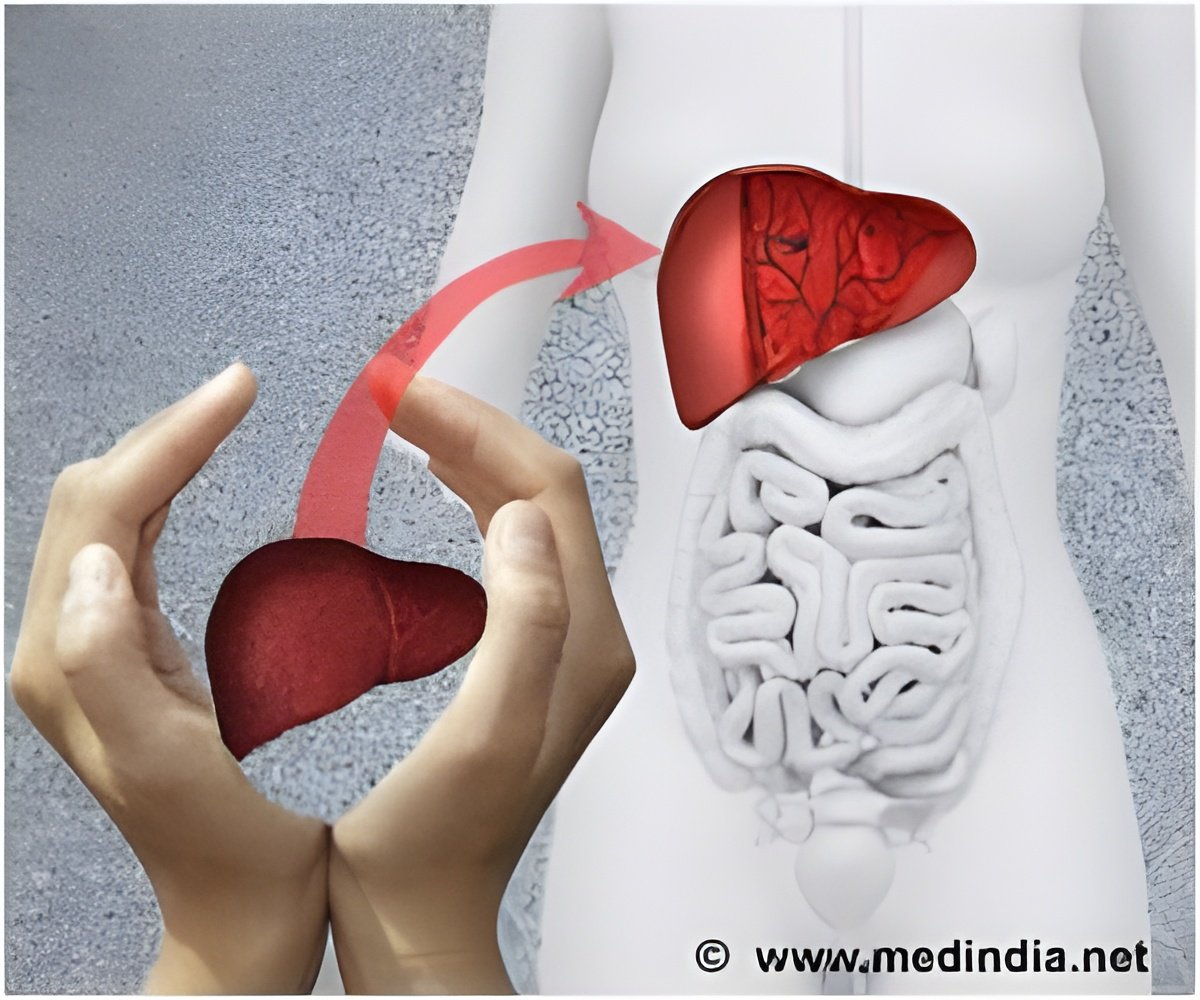
The study will be published in a future issue of Cell Transplantation but is currently freely available on-line as an unedited early e-pub at: http://www.ingentaconnect.com/content/cog/ct/pre-prints/content-ct1038fitzpatrick.The researchers hypothesized that when co-cultured with hepatocytes, MSCs - multipotent connective tissue cells that can differentiate into many kinds of cells - would lend pro-regenerative characteristics to hepatocytes.
"Both human umbilical cord and adipose tissue sources for MSCs were compared," said study corresponding author Dr. Emer Fitzpatrick of King's College Hospital. "Previous studies had used nonhuman cells with limited success. Human MSCs from both umbilical cords and adipose tissue have anti-apoptotic (anti-programmed cell death) and pro-regenerative effects on kidney failure and stroke and they are known to modulate liver injury and promote liver regeneration.
While cryopreservation can have deleterious effects on hepatocyte cell engraftment, we wanted to investigate whether a co-culture of human MSCs and hepatocytes would improve hepatocyte function."They found that MSCs and hepatocytes cultured together demonstrated an improved production of albumin from day five to day 25 of the culture. The effect, they said, was most prominent at day 15 when albumin production was ten times that of a control monoculture. Urea production also improved in co-culture from day five to day 25. Once more, the viability of the co-cultured hepatocytes was superior to that of monocultured cells, with up to 16 percent improvement.
The researchers noted that MSCs are known to provide structural support for cells in the body and have anti-apoptotic and immunomodulatory effects and that the supportive role of MSCs is "particularly promising in the context of cell transplantation, allowing for sufficient time for an organ for transplant to become available." "Our results suggest that the presence of the hepatocytes is necessary to stimulate the MSCs to secrete pro-survival factors," concluded the researchers. "The combination of transplanted hepatocytes and MSCs has great promise in the therapy of acute liver failure."
"Mechanisms to stabilize hepatocyte cultures prior to transplantation for the treatment of liver diseases are a potentially important step in maximizing the potential of hepatocytes as a therapy" said Dr. Stephen Strom of the Karolinska Institute, Sweden and section editor for Cell Transplantation. "The use of human-derived stem cells as a support mechanism in culture is therefore of interest and further study will illuminate whether the pro-survival factors could be used alone or whether the cells themselves are required".
 MEDINDIA
MEDINDIA
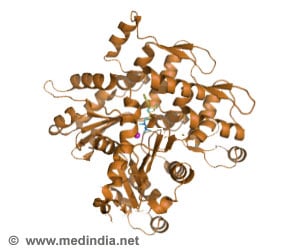
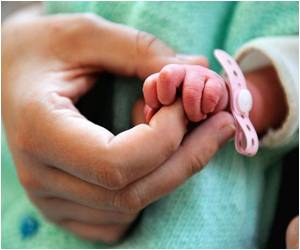
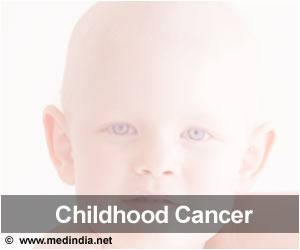
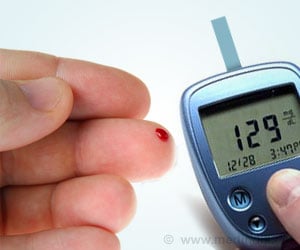
 Email
Email

